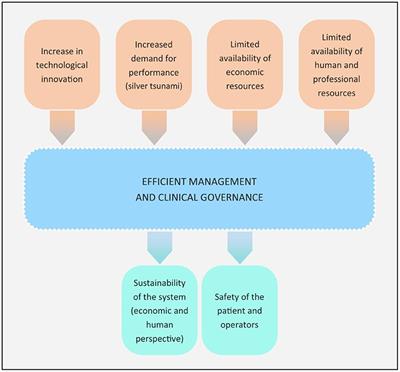Objectives
The BEST3 trial demonstrated the efficacy and safety of the Cytosponge-trefoil factor 3, a cell collection device coupled with the biomarker trefoil factor 3, as a tool for detecting Barrett's oesophagus, a precursor of oesophageal adenocarcinoma (OAC), in primary care. In this nested study, our aim was to understand patient experiences.
Design
Mixed-methods using questionnaires (including Inventory to Assess Patient Satisfaction, Spielberger State-Trait Anxiety Inventory-6 and two-item perceived risk) and interviews.
Outcome measures
Participant satisfaction, anxiety and perceived risk of developing OAC.
Setting
General practices in England.
Participants
Patients with acid reflux enrolled in the intervention arm of the BEST3 trial and attending the Cytosponge appointment (N=1750).
Results
1488 patients successfully swallowing the Cytosponge completed the follow-up questionnaires, while 30 were interviewed, including some with an unsuccessful swallow.
Overall, participants were satisfied with the Cytosponge test. Several items showed positive ratings, in particular convenience and accessibility, staff's interpersonal skills and perceived technical competence. The most discomfort was reported during the Cytosponge removal, with more than 60% of participants experiencing gagging. Nevertheless, about 80% were willing to have the procedure again or to recommend it to friends; this was true even for participants experiencing discomfort, as confirmed in the interviews.
Median anxiety scores were below the predefined level of clinically significant anxiety and slightly decreased between baseline and follow-up (p < 0.001). Interviews revealed concerns around the ability to swallow, participating in a clinical trial, and waiting for test results.
The perceived risk of OAC increased following the Cytosponge appointment (p<0.001). Moreover, interviews suggested that some participants had trouble conceptualising risk and did not understand the relationships between test results, gastro-oesophageal reflux and risk of Barrett's oesophagus and OAC.
Conclusions
When delivered during a trial in primary care, the Cytosponge is well accepted and causes little anxiety.
Trial registration number
ISRCTN68382401.









